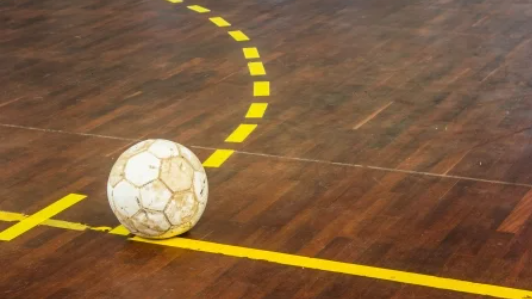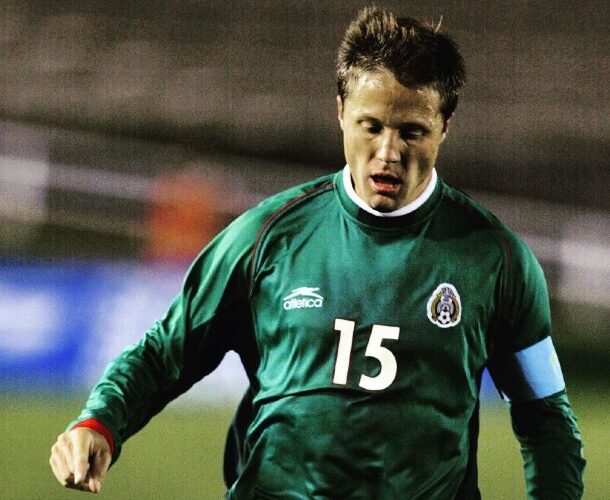
This article was written by Sean Connors, Rush Soccer’s Global Goalkeeping Director.
At the start of the soccer season most teams kick off with pre-season training. Typically the objectives are big picture: improve fitness, get the team on the same page soccer wise, bring the group together. The goalkeeper is a part of those goals but also has some unique challenges and needs in order to have a successful pre-season.
Coming off a break, or off season, the number one challenge for the goalkeeper is their timing. Before each shot the GK must “get set.” This means getting body weight forward, feet under shoulders, knees bent, and hands in a position to catch the ball. The timing of this action will be late, or delayed, at the start of pre-season. The GK will display this issue by dropping the ball, or being late to move in the goal. There may even be moments where the GK doesn’t move to make an attempt at a save watching the ball go into the goal. This is because their feet are late to get set, and if the feet are late, or in air, the GK isn’t able to move.
Training to improve TIMING:
- Quality reps played into the keeper’s hand, from the ground, after taking a touch of the ball. The timing it takes for the ball to travel between the touch and the strike allows the GK time to get set and ready for the shot.
- Instruct the goalkeeper to say out loud, “SET,” when they are supposed to get set. By adding the verbal cue it brings focus to the action and it allows the coach to hear when the goalkeeper thinks they should be getting set. It enables an opportunity to discuss this moment with the player.
- Add realism and context to the training. Include defenders as they directly affect the movement of the shooter and give cues to the goalkeepers in order to set in time for the shot.

ACTIVITY A:
- Coach says “GO,” GK moves around the pole to get set in the middle of the goal. Coach takes a touch and kicks off the ground.
- GK must get set and make the save.
ACTIVITY B:
- Coach says “GO,” GK moves around the pole to get set in the middle of the goal.
- Coach takes a touch and kicks off the ground, same as above. The progression has to do with the location of the serve. Kick the ball toward either side of the GK, forcing them to move and make a save.
- GK must get set, move, and make the save.
ACTIVITY C:
- GK starts 5-8 yards in front of the goal.
- Coach says “GO,” GK drops to the goal while watching the shooter.
- Coach takes a touch and kicks off the ground.
- GK must get set based on the touch and make the save.
- If the GK makes the save but falls backward, this shows they were not set. Their body weight was on their heels, resulting in the GK saving while falling backwards.
Part of the challenge to pre-season training is properly managing the training load for each player. Coaches must be conscious of the physical and cognitive demands from each session. When it comes to the goalkeeper, the coach must also be aware of the risks associated with hitting the ground repetitively. Use best judgment when playing sessions and encourage all goalkeepers to dress properly. Pants, long sleeves, and sliding shorts will save the goalkeeper’s body in the short and long term!

The coach can manage the amount of time GKs hit the ground, as well as the physical/cognitive load, by creating a periodization plan that takes the players’ needs into account. For an example see the four week plan below:









